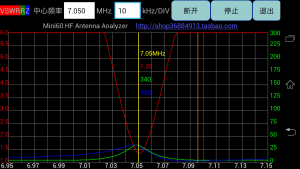There are a host of factors that contribute to data loss in APRS, to name just some:
- non-standard / sub-standard / poorly configured digipeaters;
- defect ridden iGates that lose, duplicate and corrupt packets;
- poorly configured mobiles;
- network congestion and interference;
- unpredictable equipment failures;
- basic geographical coverage of the network; and
- dependence on the ionosphere for HF APRS.
This article describes an enhancement to the popular TinyTrak (and its clones) to also capture the GPS stream to an inexpensive local data logger.
The logger does not interfere with normal radio APRS, it coexists with it and creates a properly timestamped fine detail log of positions over a very long time, a log that can be post processed into a range of graphic / map and tabular reports.
Data logger
The datalogger used in an OpenLog. It is a simple logger that writes data to a micro SD card formatted FAT16/32 up to 32GB, costs about $A12 (inc post) for the logger and about A$10 (inc post) for a 16GB Class 10 micro SD card. (A slower card could be used, but they aren’t much cheaper.)
Above, the OpenLog data logger.
Continue reading OpenLog for TinyTrak









